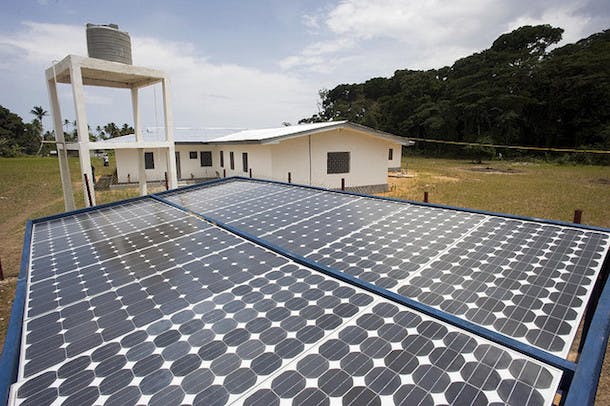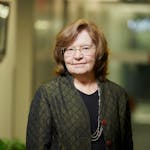
Heads of State, ministers, and United Nations ambassadors will meeting in Addis Ababa, Ethiopia next week to talk about financing the next set of global goals. The meeting comes at a critical juncture for the UN, which has a packed agenda in 2015 – from the Conference on Disaster Risk Reduction in Sendai, Japan, in March to the Climate Summit in Paris this December. For the public at large, past meetings of this type have focused on pledges and aid commitments. This meeting will not – and some will see it as failing to meet the task ahead. In reality, Financing for Development III is a watershed moment where governments, the private sector, philanthropy, and civil society endorse new ways of doing business.
Spurring this conversation are the twin challenges of ending poverty and forestalling the most serious impacts of climate change through international cooperation. To this end, the outcome document highlights the role of all financing flows – public, private, philanthropic, multilateral and bilateral – in support of the Global Goals that comprise a comprehensive approach to development.
One partnership in this effort is Sustainable Energy for All – a campaign led by the UN Secretary-General and the President of the World Bank – that asks all governments to ensure universal access to modern energy services; double the annual rate of improvement in energy efficiency; and double the global share of clean renewable energy. The World Bank has established a monitoring system – the Global Tracking Framework – that highlights how individual countries are prioritizing their energy sector planning to align with these objectives.
These targets have been universally endorsed – and the objective is to mobilize more than $100 billion in annual investments by 2030. Some ask if this is doable. I believe it is not only doable, but this partnership model can transform how we approach development finance. Here’s why:
- To maintain current energy output and expand supply between 2014 and 2035 the International Energy Agency estimates the world must invest $40.2 trillion, or $2.5 trillion annually. The $100 billion in the Sustainable Energy for All program is only a fraction of this amount. The monies are available; it’s about the choices national and local governments, private companies, and individuals make.
- Public entities, private firms, and consumers are already prioritizing renewable investments due to both smart policies and declines in cost. These trends will continue.
- Innovations in transport, lighting, power generation, and distribution will continue to reduce both energy use and cost.
- The World Bank and the regional development banks have allocated more funding within their portfolios to support energy access and smart energy policies. These funds can be leveraged with public and private domestic resources to ensure a different energy future.
- New financing facilities, including the Green Climate Fund, the Asian Infrastructure Investment Bank, and the New Development Bank, will provide other sources of funds to realize this vision.
- Sustainable Energy for All is a partnership among governments, development banks, private companies, and nongovernmental agencies that seeks to share information and best practices, and build capacity to shape energy sector investment globally.
(Photo credit: UN Photo/Christopher Herwig)



 View All Blog Posts
View All Blog Posts